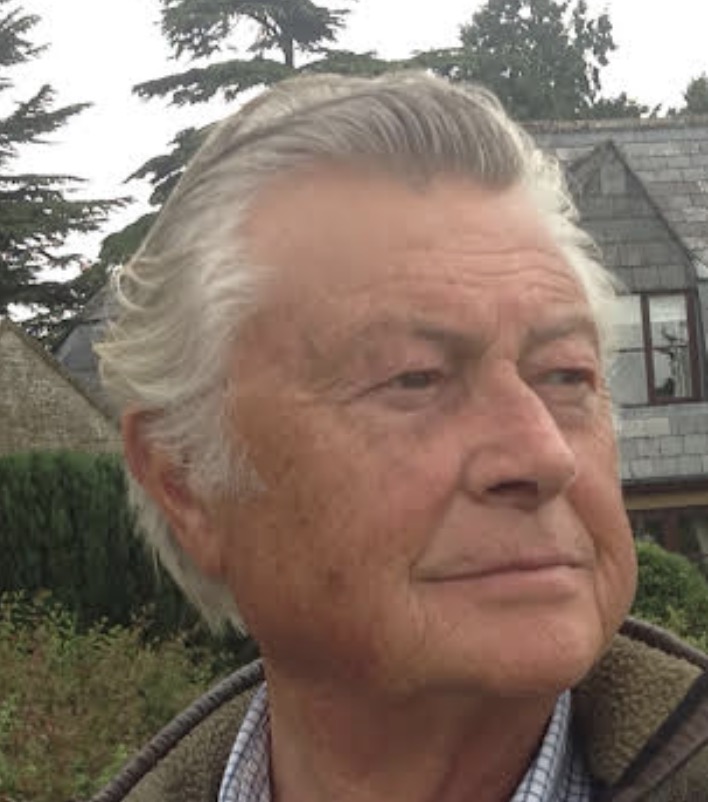Puffins: The clowns of the sea
It might look adorable, but the stumpy and dangerously endangered puffin is a ruthlessly efficient fish killer that’s so hellbent on finding its family a home, it will chase rabbits out of their own burrows, observes Ian Morton. Photographs by Drew Buckley.

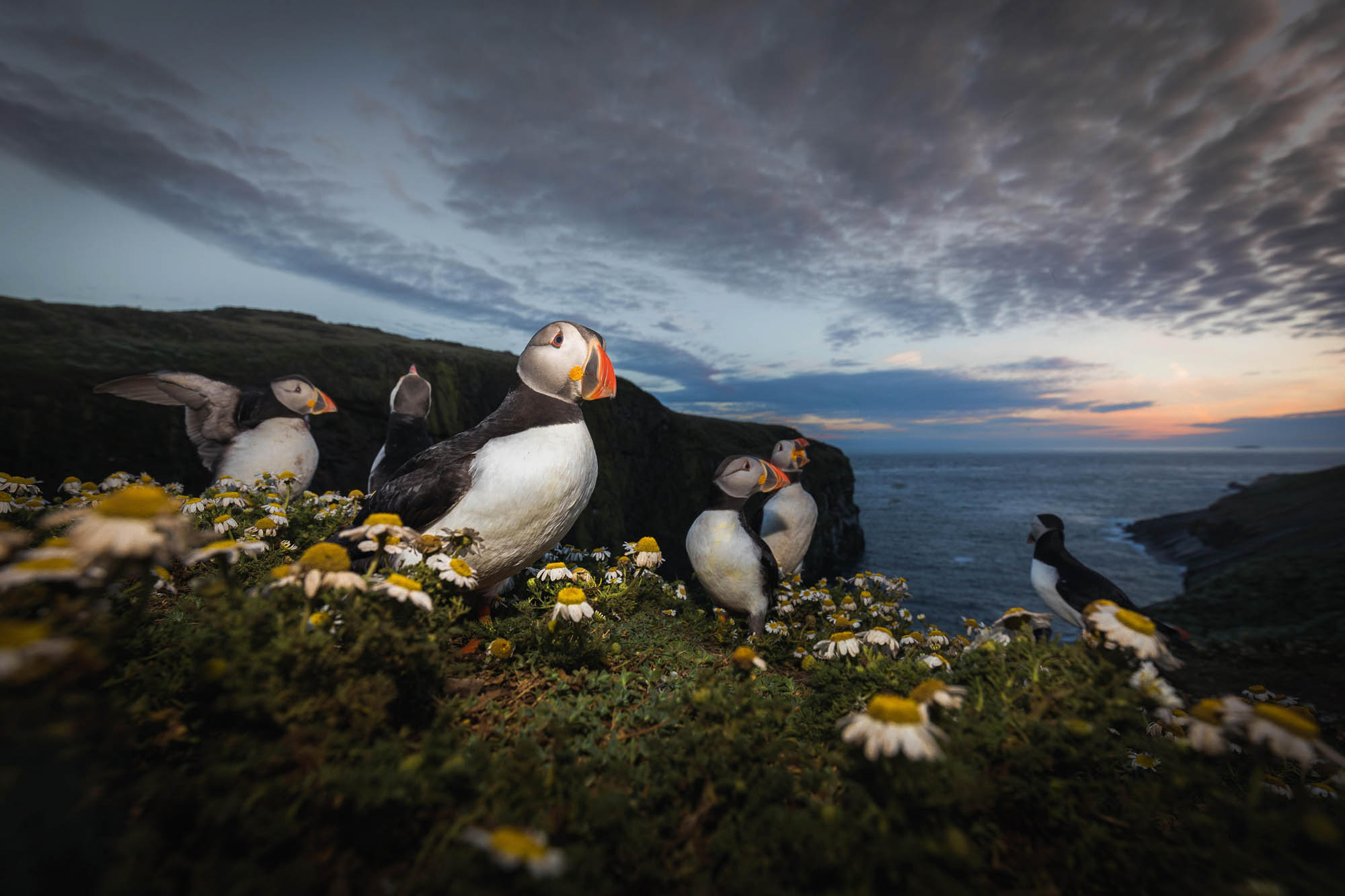
It’s the beak, of course. There’s no other beak like it. The bright colours, the wedgy proportions and the bold profile command the eye. Yet, behind this head-turning display lies a unique working tool.
Beaks usually open like the blades of scissors or shears. Not so the puffin’s: it is hinged to allow the top and bottom to operate in parallel and accommodate a neat rack of fishy fare. Its edges have inward serrations for a firm grip on the slippery catch and a rough-ended tongue, plus spines on the upper palate, complete a design that permits the adult bird to return from miles out to sea to feed its land-bound young without spillage. The largest rack recorded in this country is 61 sand eels and a rockling. One of the folk nicknames for the puffin is ‘clown of the sea’, but humour was ever a serious business.
Why the funny name? One easy explanation suggests that the bird’s young are plump and puffed up, but the logical supposition is that it derives from the Middle-English pophyn, the word for the fatty salted carcases of the young of the Manx shearwater, an unrelated species, but one readily available to centuries of coastal foragers to whose diet the little birds provided a welcome seasonal addition. Puffin fledglings were also snatched and stored; local practice did not apparently differentiate between the two species, so the puffin acquired the same identity as the Manx shearwater. But puffin soon took on its own persona.
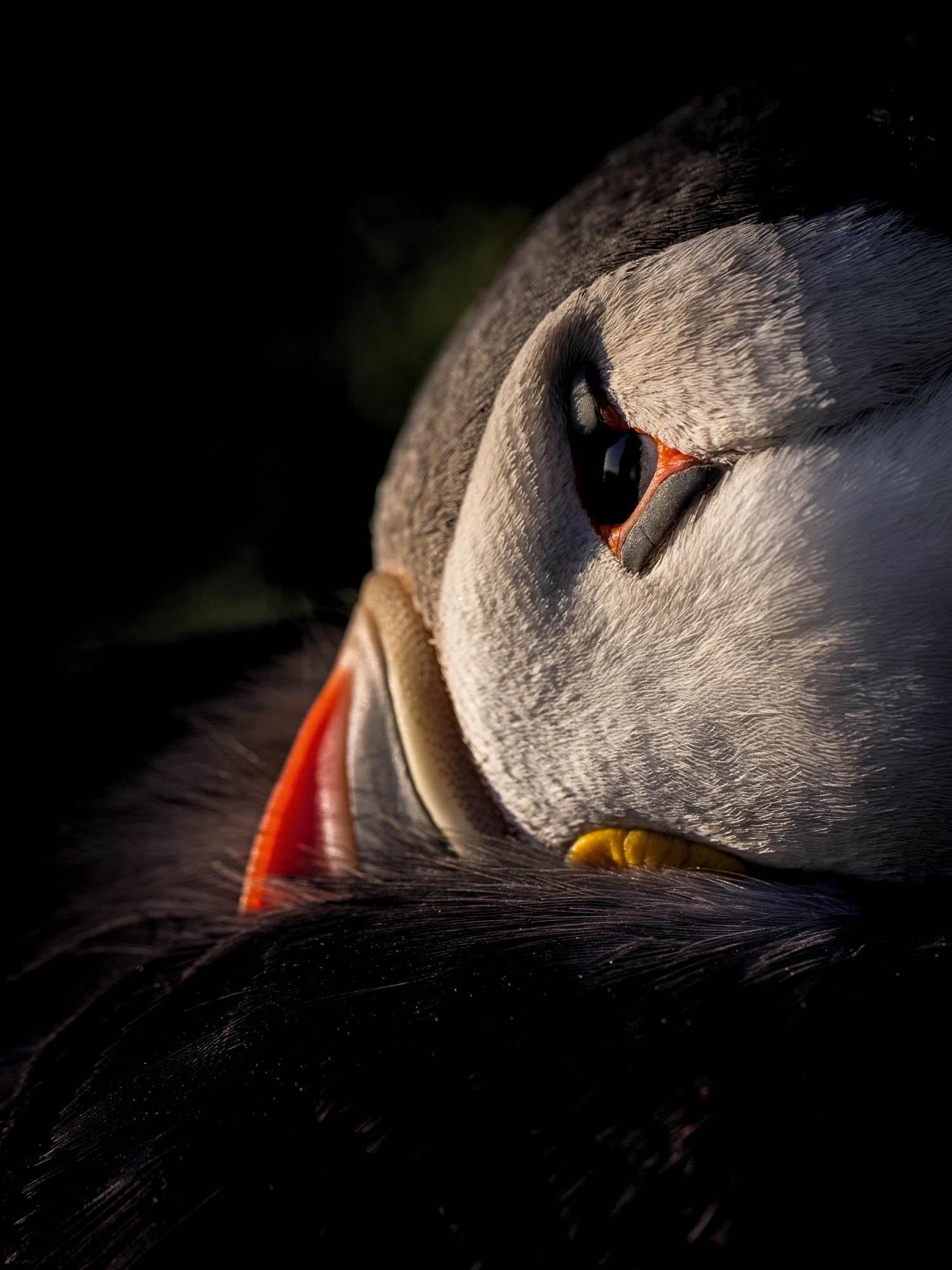
Six things you never knew about puffins
- The Atlantic puffin is one of three recognised species. The horned puffin is found on North Pacific coasts and the tufted puffin on North American and Asian Pacific coasts. Both are slightly larger than the Atlantic bird. Fossil evidence of an extinct variety from 120,000 years ago, Dow’s puffin, was found off California
- In addition to ‘clown of the sea’, ‘sea parrot’ or ‘parrot of the sea’, the puffin is also known as ‘the penguin of the North’. In Shetland and Orkney, it is ‘tammie norrie’
- Collectively, they’re a colony, a circus, a puffinry, a gathering or an improbability
- Two instances of the puffin’s use of a tool have been recorded, in Wales and on an Icelandic island, where puffins picked up sticks with which to scratch their chests
- According to one legend, the soul of King Arthur resides in a puffin, although the same claim was made for the raven and the chough
- In distant times, when the Catholic church ordained that only fish could be eaten on Fridays, to vary their diet, the ecclesiastical brotherhood conveniently classified the puffin as fish, because of its taste
In medieval times, its black upper and white lower plumage and its way of walking — slow, waddling steps and bowed head — were thought to be reminiscent of a Dominican monk strolling in solemn contemplation, with its feet, held together on take off, also suggesting hands clasped in prayer. Irish lore judged the birds to be the reincarnation of Celtic friars and on the Faroe Islands, where the puffin proliferated, it was known as prestur or priest. Although in 1758 Linnaeus had classified the puffin as Alca arctica, consigning it to the auk family, Alcidae, together with guillemots and razorbills, two years later, the French zoologist Mathurin Jacques Brisson gave the bird’s folk reputation something of an official status by classifying its genus as Fratercula, from the Latin for little friar or brother.
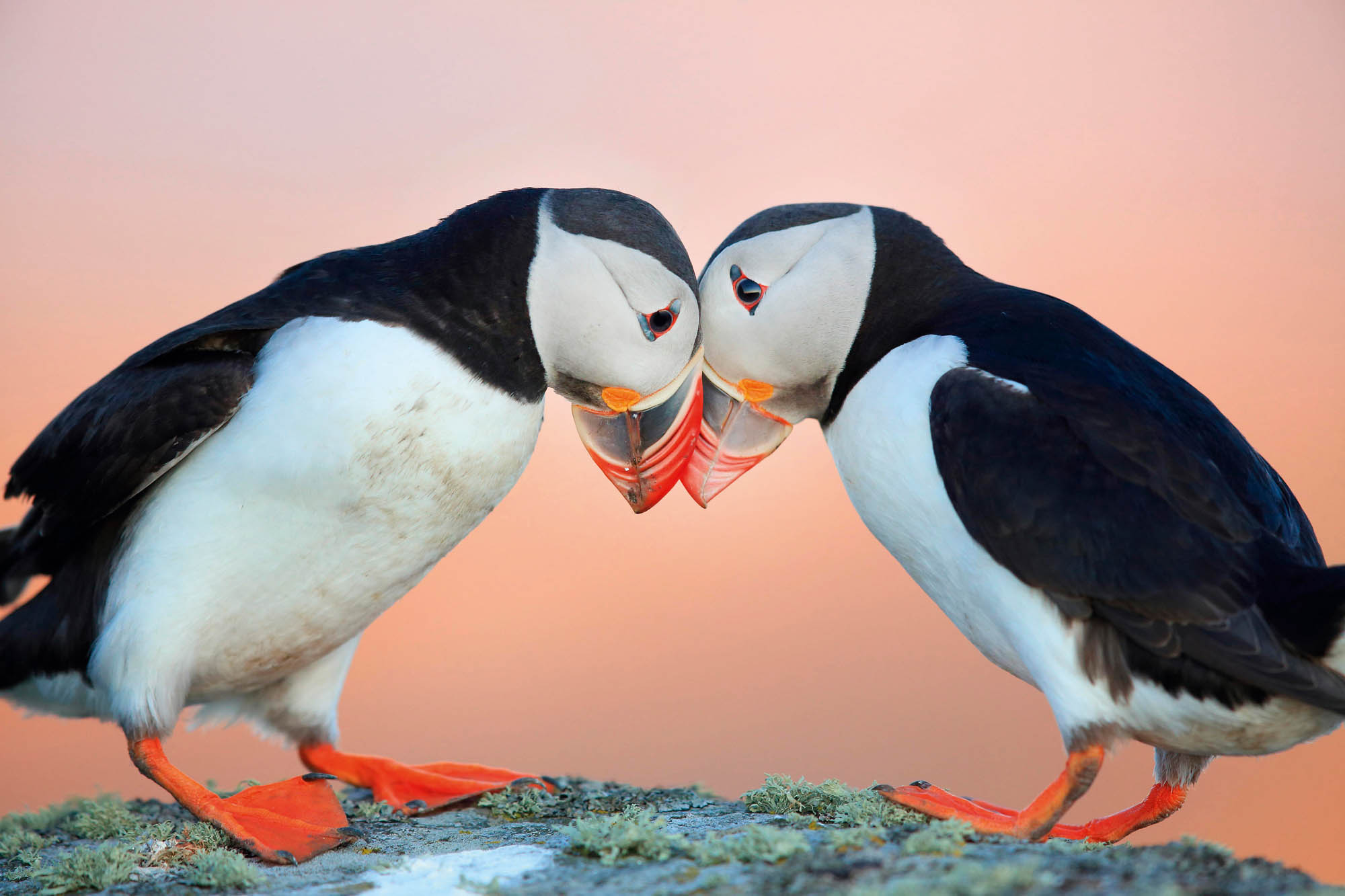
However, priestly recognition by no means eased the puffin’s plight as a food source. For centuries, its burrow nests were plundered and, in the 19th century, the Faroese hunters invented a method of capturing young birds on their first flight using nets on long poles, bagging up to 800 in a day.
The puffins were plentiful then, with breeding colonies numerous and widespread across North Atlantic coastlines and islands. Today, numbers are falling and the species is recognised as threatened by environment and pollution — in 1967, the Torrey Canyon crude-oil disaster on the Scilly Isles killed 85% of puffins on the French coast. Climate change is affecting the breeding cycle of sand eels and hence their availability to the bird dependent on them. The puffin is now protected in all countries except the Faroes and Iceland, which has the species’ greatest concentration — some 60% of the world’s total population breeds there. In Iceland, where it is known as lundi, from the Norse name for it, lund, the bird is found on restaurant menus, usually smoked, and the dark, tender meat is said to offer a blend of gamebird and salty fish. The heart is eaten raw as a delicacy. Adult birds are captured by ‘sky fishing’: large nets are laid on the water and as many as 200 puffins a day are thus taken.
The Northern Hemisphere’s population is put at 7.4 to 8.2 million and the European one at 3.7 to 4.1 million, but overall numbers are estimated to have fallen by 68% over the past 50 years — the Audubon Project Puffin, which aims to re-establish the species on a group of US and Canadian coastal islands, also marks its 50th anniversary this year. In 2017, the RSPB, which puts the UK’s population at 580,000 breeding pairs, launched its own Project Puffin to promote public interest through photography, resulting in some 3,500 photos submitted by nearly 1,100 so-called ‘puffarazzi’.
Exquisite houses, the beauty of Nature, and how to get the most from your life, straight to your inbox.
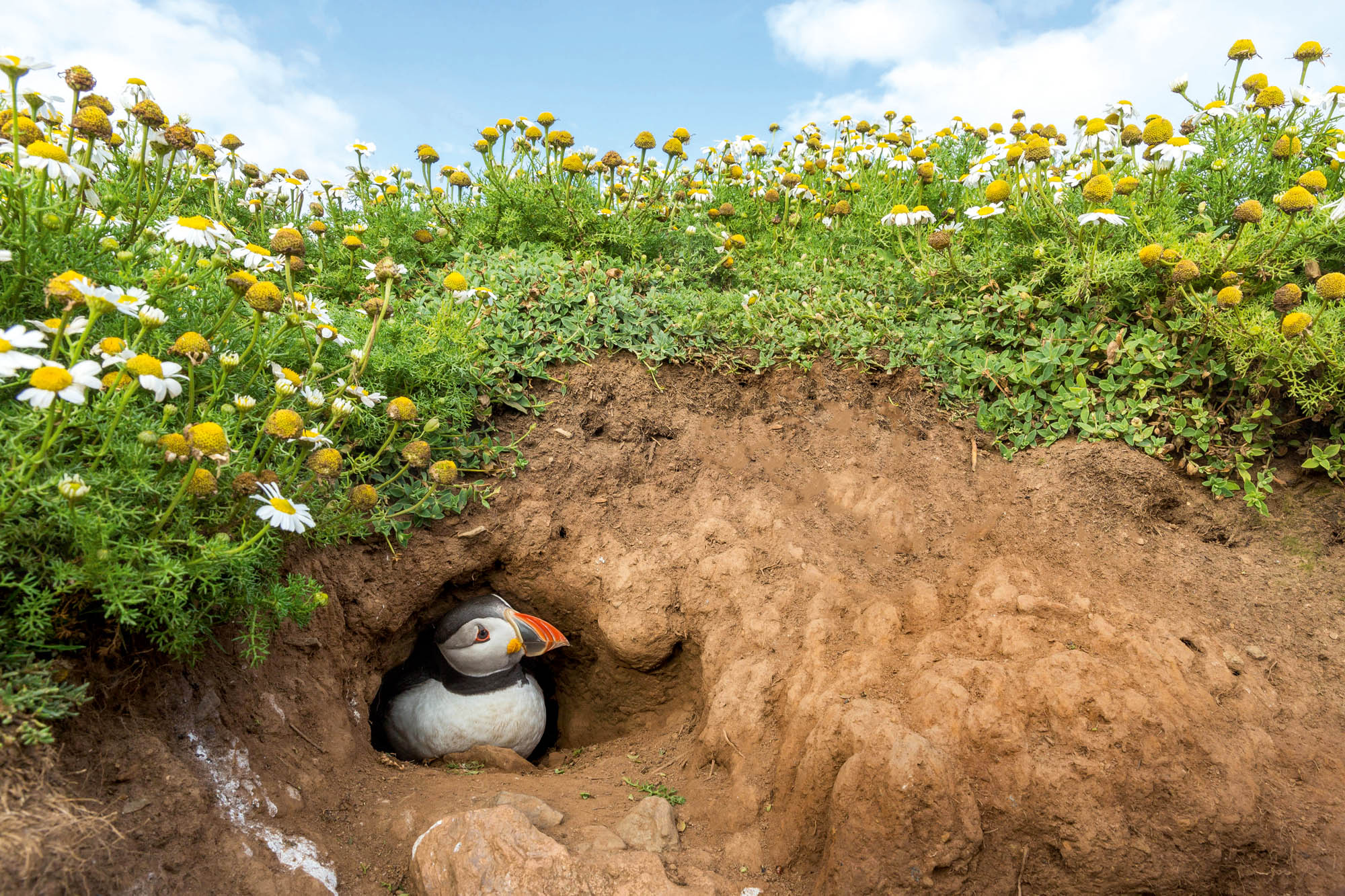
In Britain, the best places to see puffins include Shetland, Orkney, Fowlsheugh and May in Scotland, the Farne Islands in Northumberland, Bempton Cliffs in East Yorkshire, South Stack and Skomer in Wales, Lundy Island in the Bristol Channel (that Norse name again) and Rathlin Island in Antrim. However, the birds spend the winter out at sea, bobbing on the surface in all weathers, their upper black garb and lower white providing a degree of camouflage from predators. In March or April, they return to the colonies of their birth, where they may take over rabbit holes, sometimes driving out the occupants by pecking, or excavating their own burrows. Puffins mate for life, return annually to their birthplace and regularly cement their relationship with mutual ‘billing’, tapping their beaks together.
With breeding season over, their beaks shed their colour and become a dull grey. A single, large white egg is laid and is incubated by both parents (each has a bare underside patch). It is only now that the puffin expresses itself, uttering grunts and growls — it has no cry in the open to add to the mewing of other seabirds. The chick, or puffling, stays in the nest for about six weeks, performing exercises against the burrow walls. Apparently, it senses when its parents are returning with food and moves to the mouth of the burrow just before they arrive.
On their forays to find food for the pufflings, the parents may seek sand eels as much as 60 miles offshore. They fly close to the water at up to 55mph, their small wings beating at 400 beats a minute. They don’t dive to fish, but submerge after an untidy landing, dart around underwater, using their wings for propulsion and their feet as rudders, and find their quarry by sight. They can stay below the surface for up to one minute, may descend to a depth of 200ft and are known to work together to herd sand eels into tight groups. Seawater taken in during the hunt is expelled through glands in the nostrils. Puffins can themselves fall victim to seals and large fish, but their parental efforts are most likely to fail when they return to land, where gulls and skuas wait to rob them of their catch.
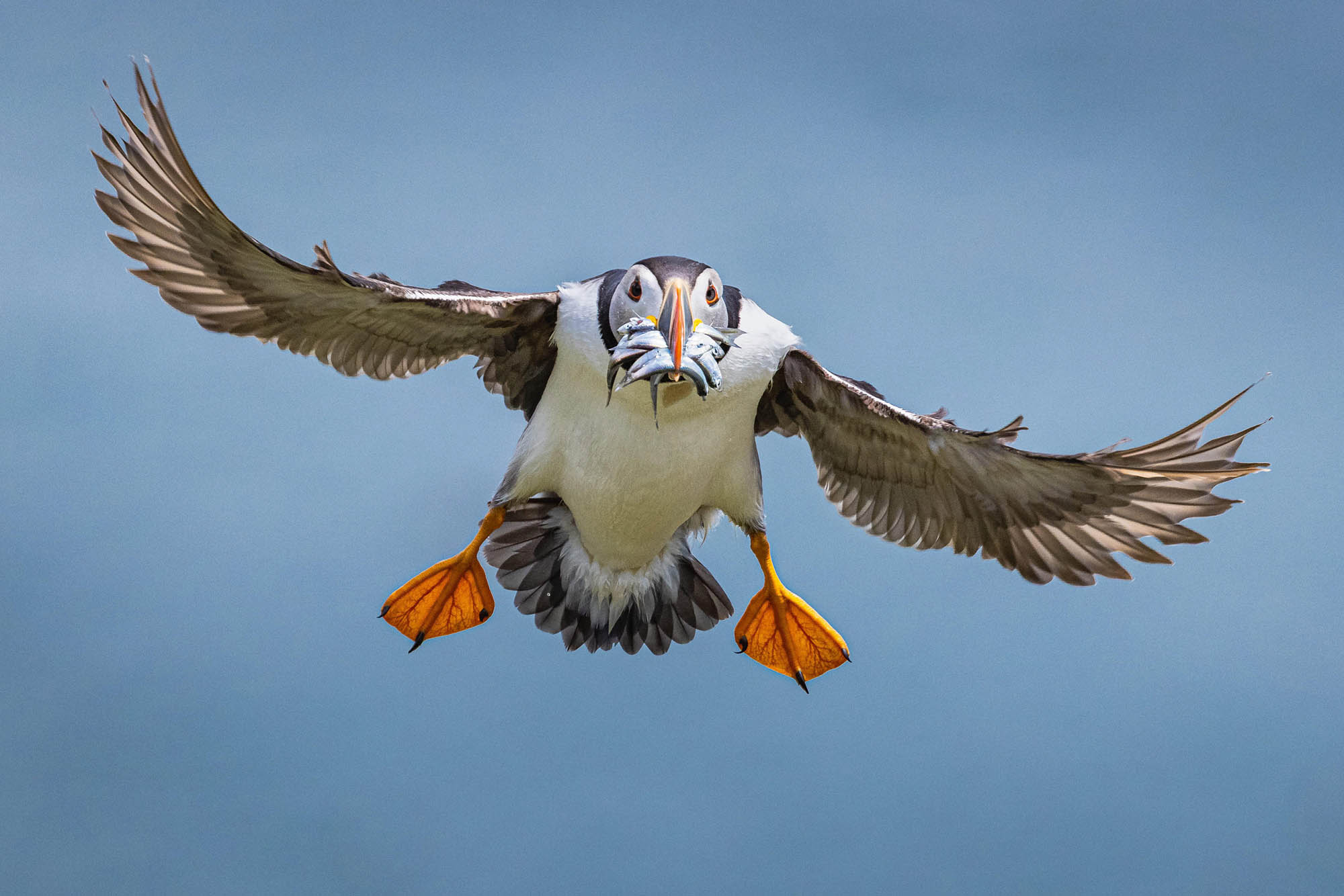
Once fledged, the young leave the nest by night to avoid predators — as well as the airborne, these include rats, cats and mink — and make for the safety of the water. They may wheel around the colony site for some time, but will not return to breed for four or five years. With good fortune, an adult puffin may live for 40 years.
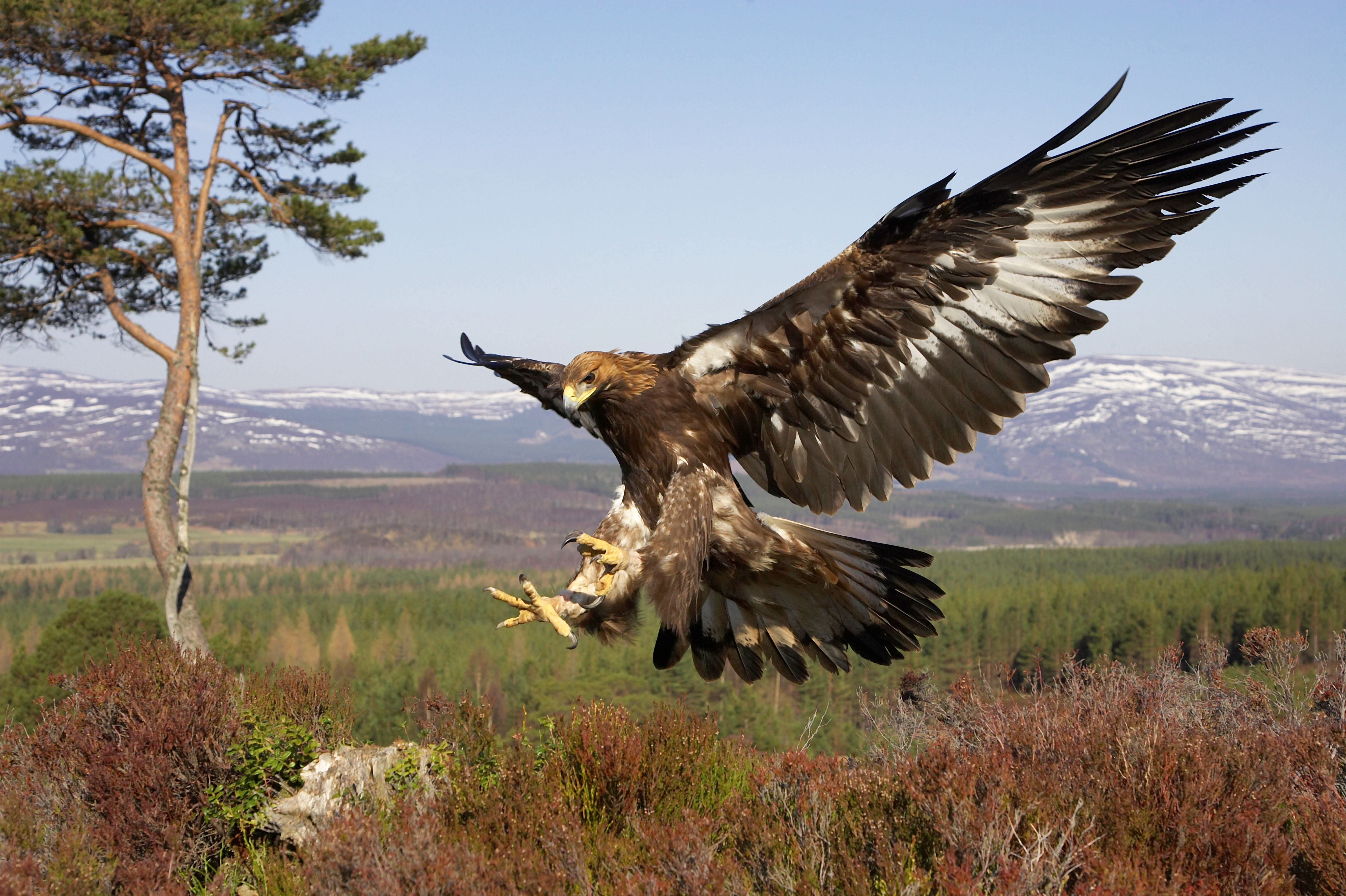
Britain’s birds of prey: The Country Life guide to all of the UK’s raptors
Raptors’ supersonic vision, effortless aerial acrobatics and ruthless hunting instinct make them the undisputed masters of the skies, but can
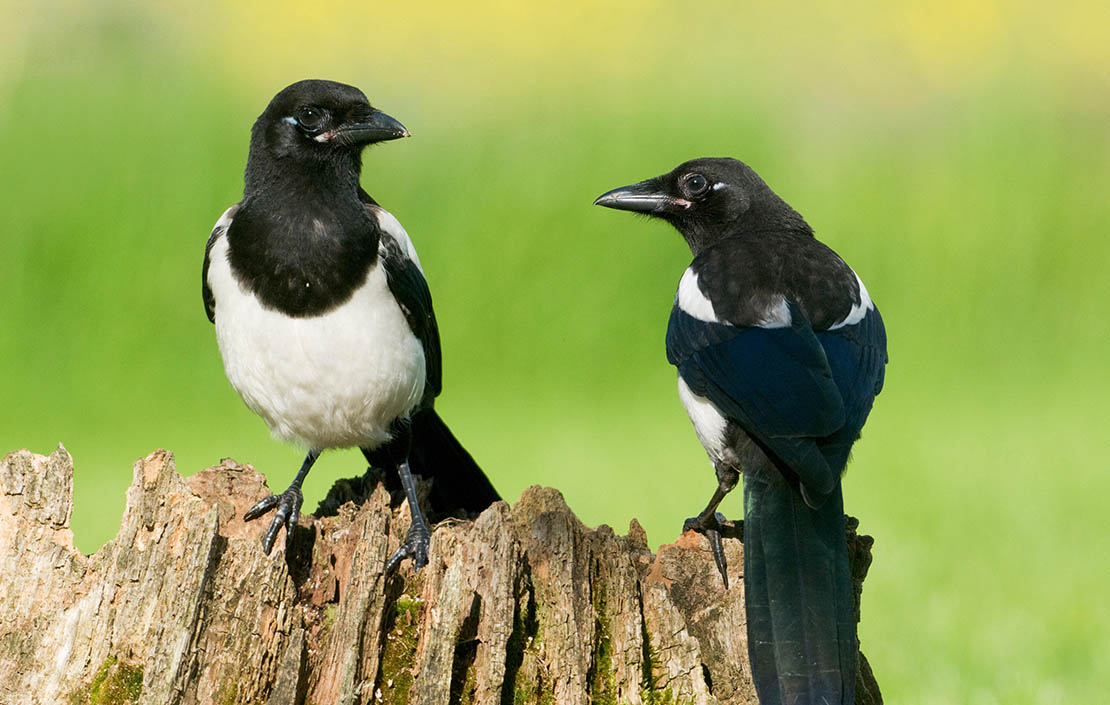
Curious Questions: One for sorrow, two for joy – but why are we so superstitious about magpies?
Superstitions swirl around all manner of different birds, but never more so than with magpies. We take a look at
After some decades in hard news and motoring from a Wensleydale weekly to Fleet Street and sundry magazines and a bit of BBC, Ian Morton directed his full attention to the countryside where his origin and main interests always lay, including a Suffolk hobby farm. A lifelong game shot, wildfowler and stalker, he has contributed to Shooting Times, The Field and especially to Country Life, writing about a range of subjects.
